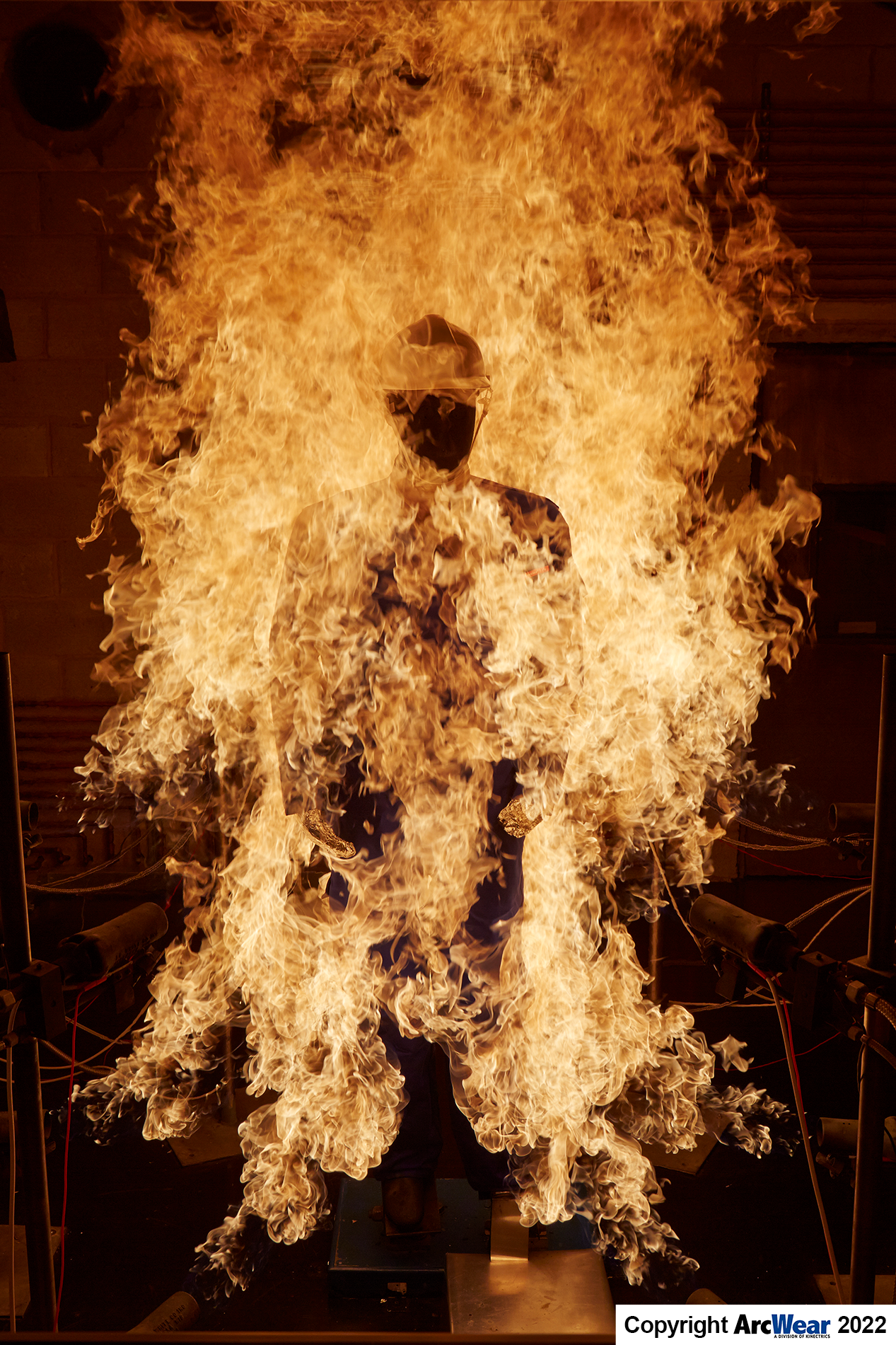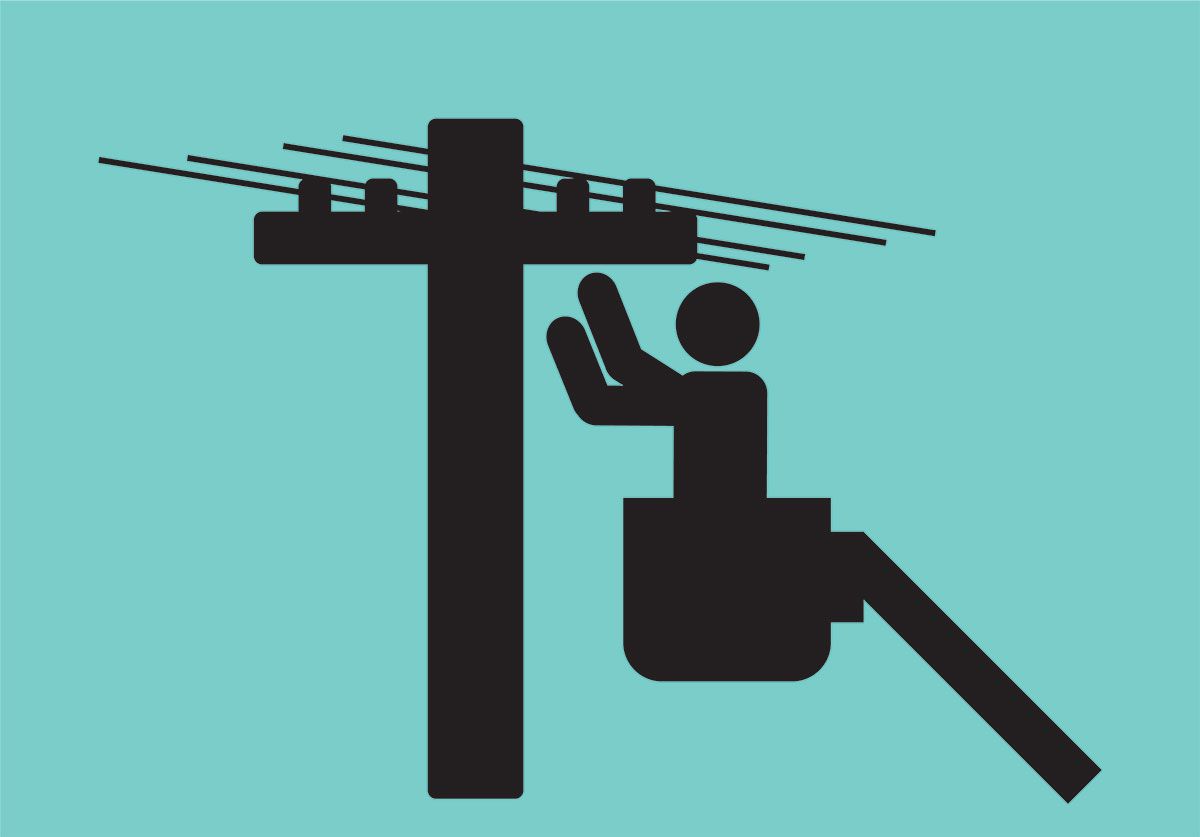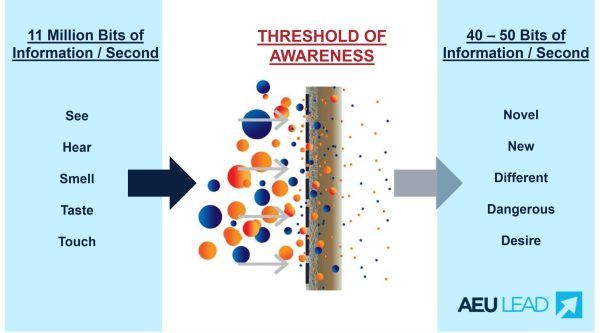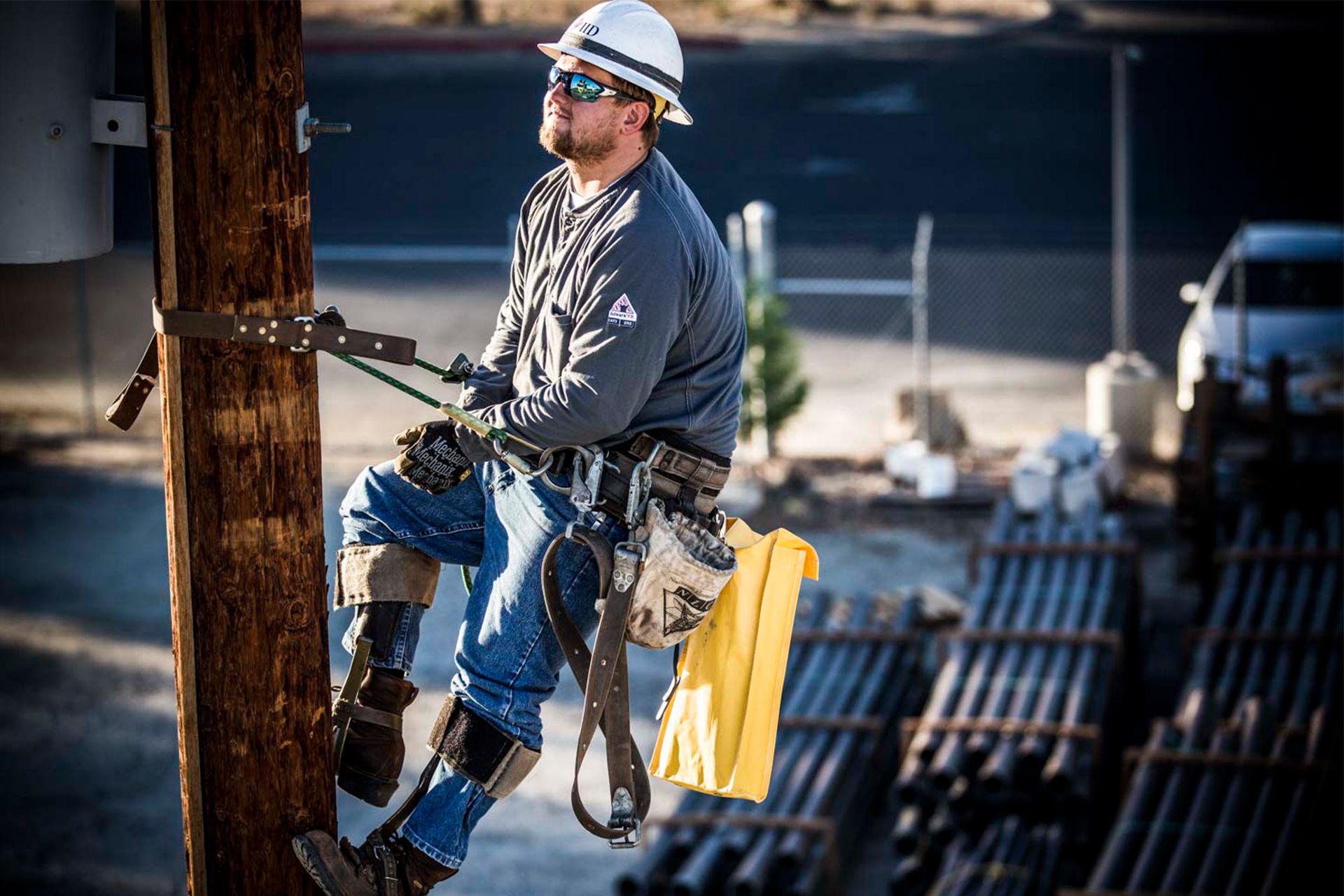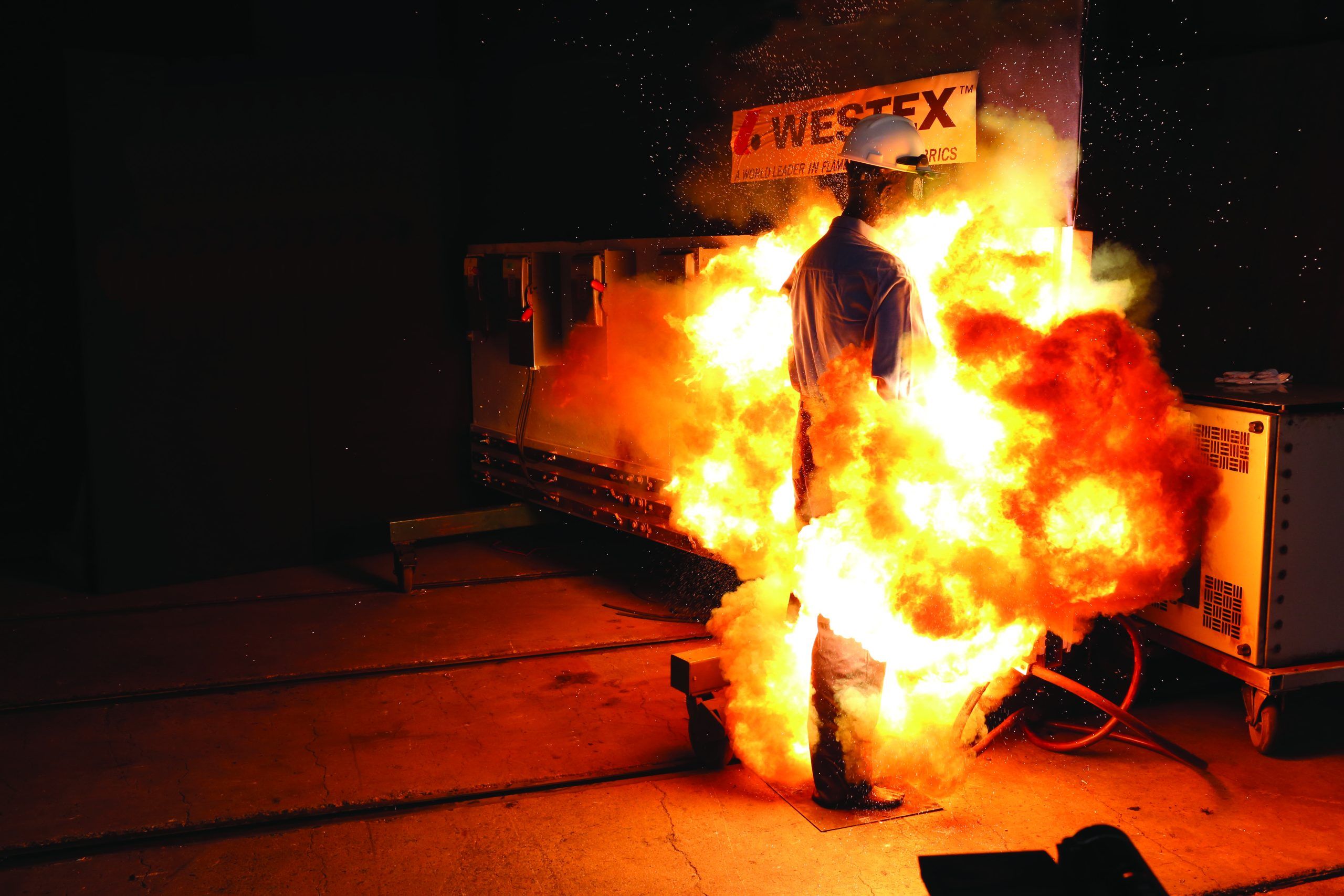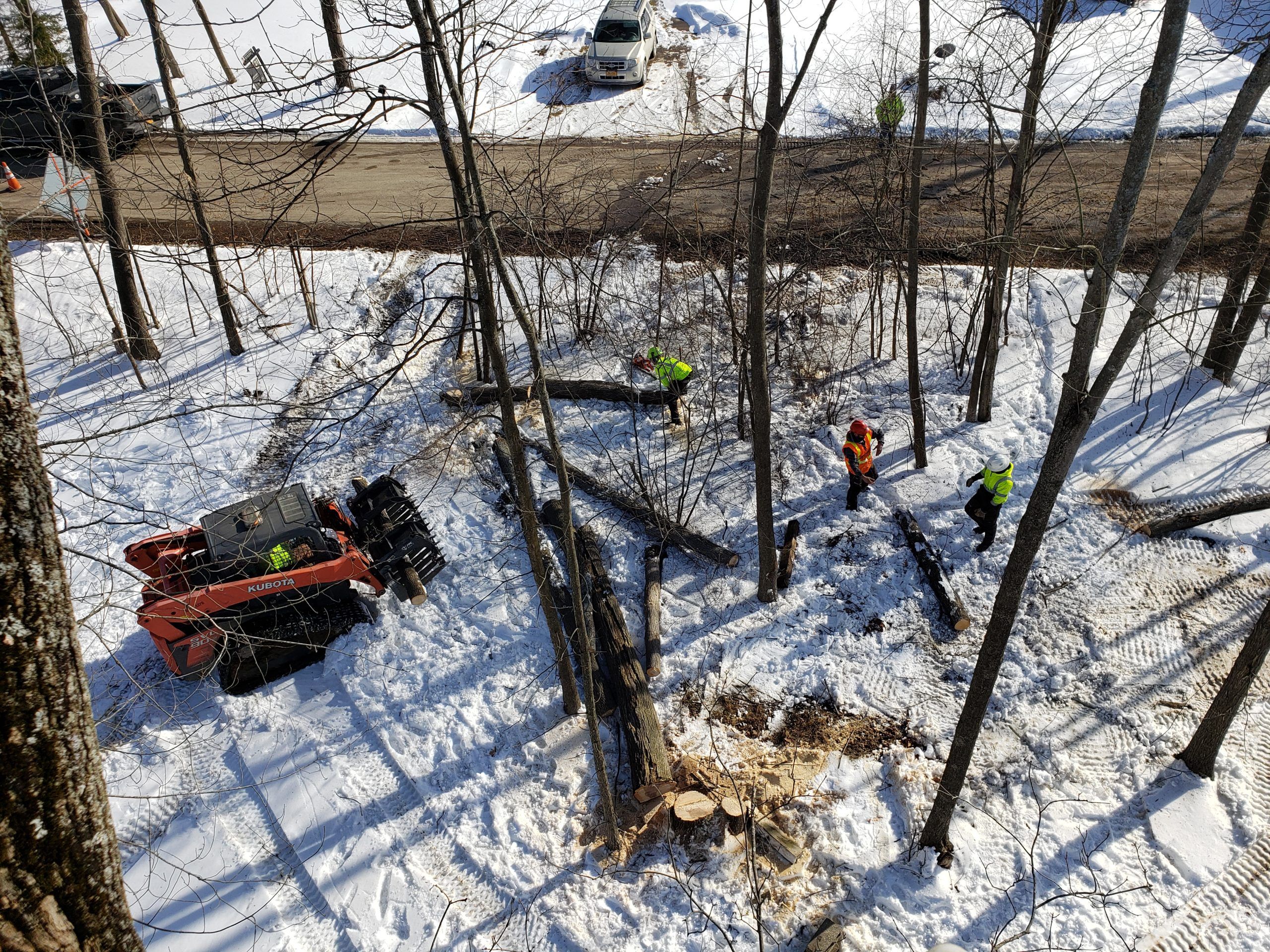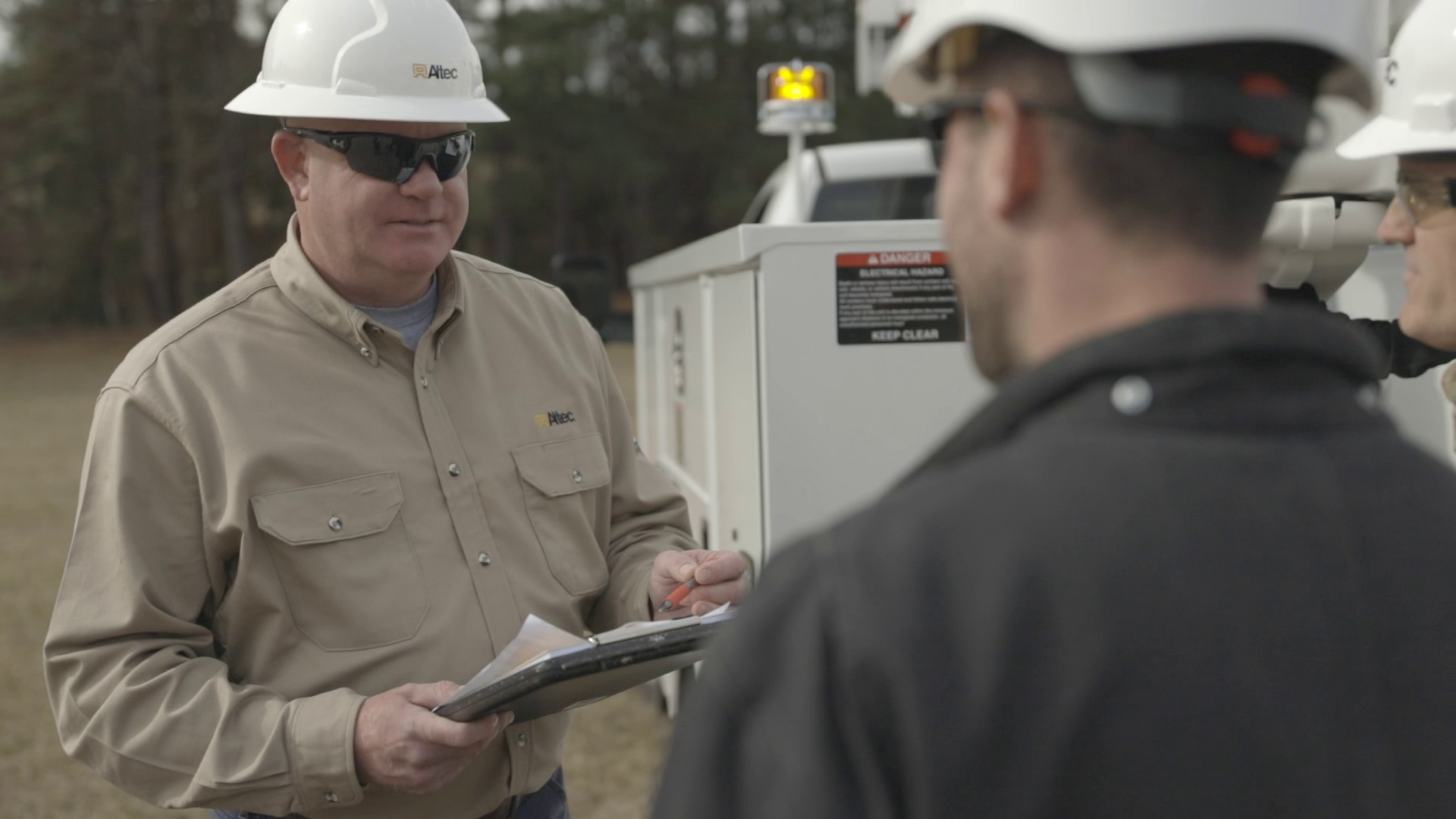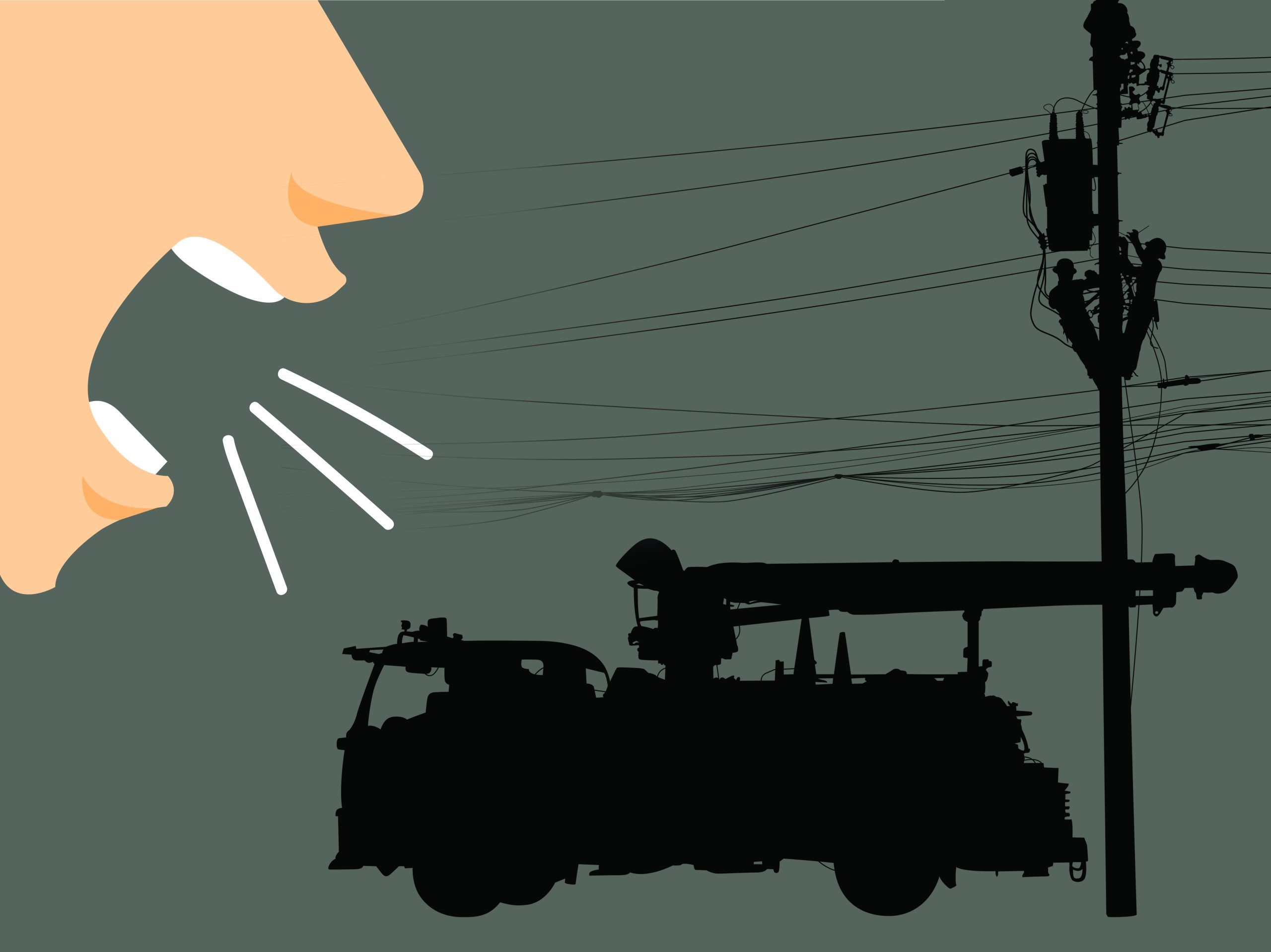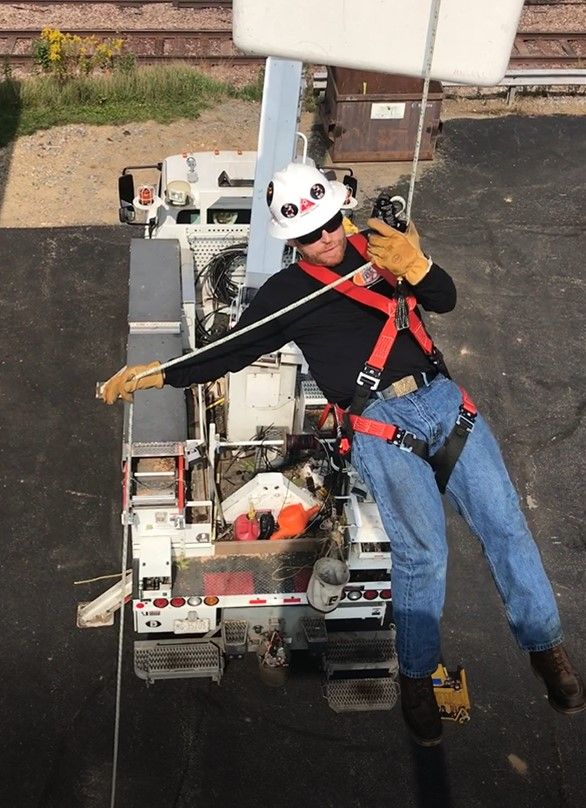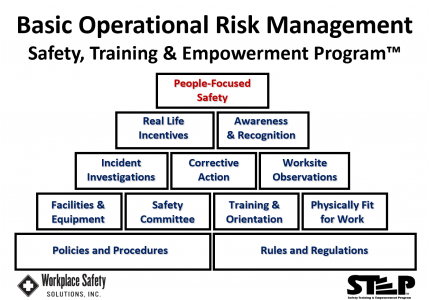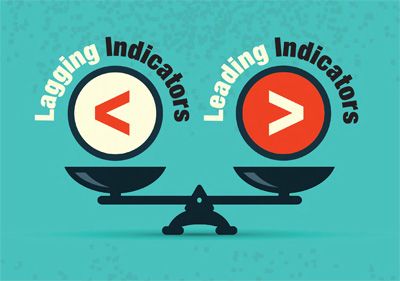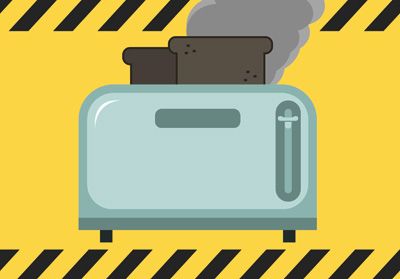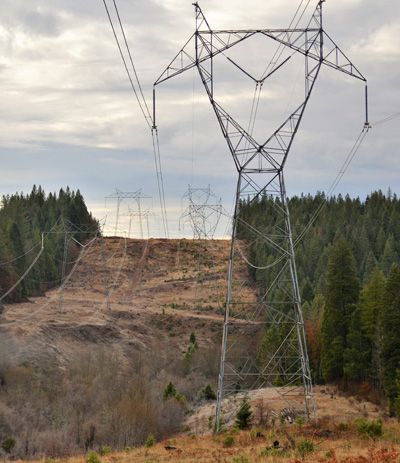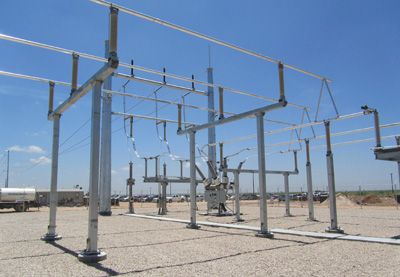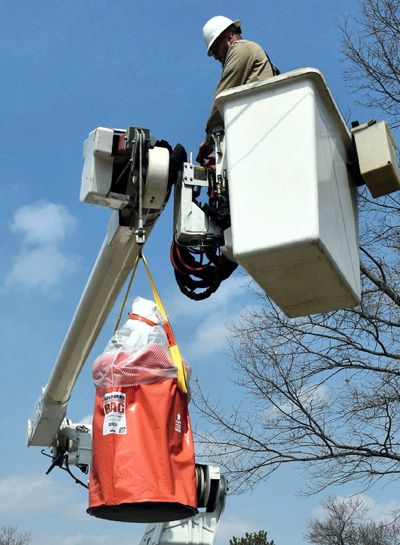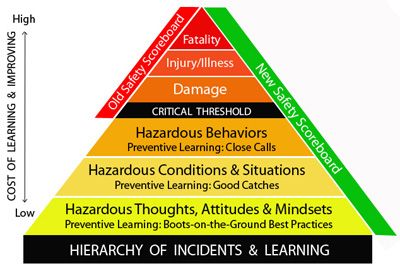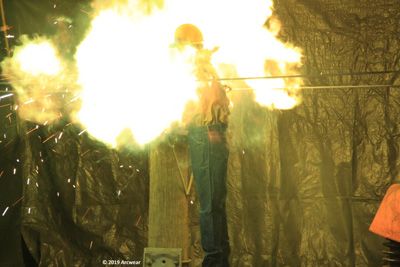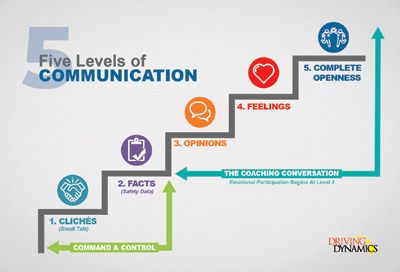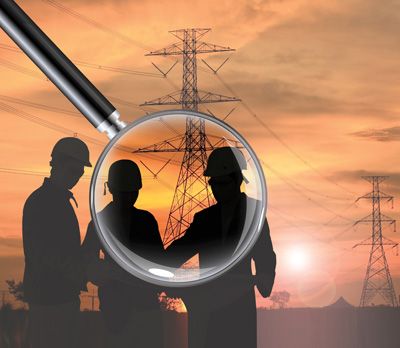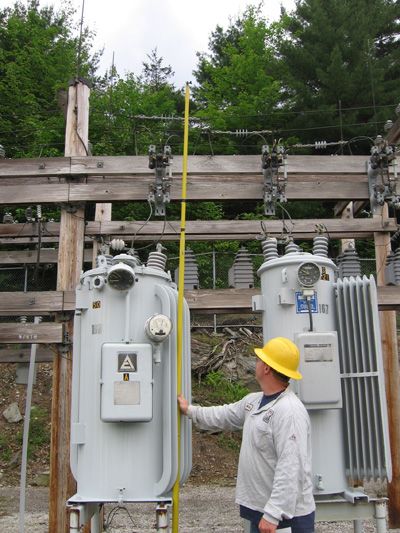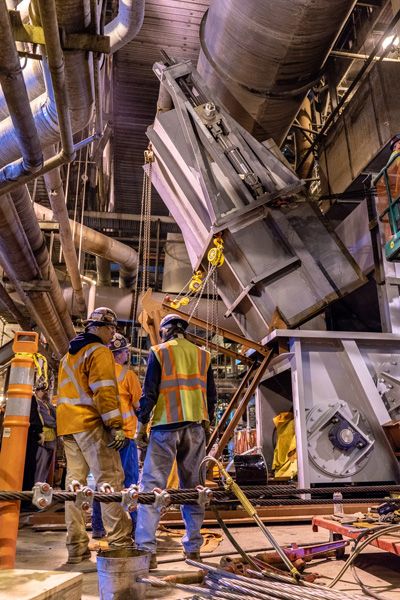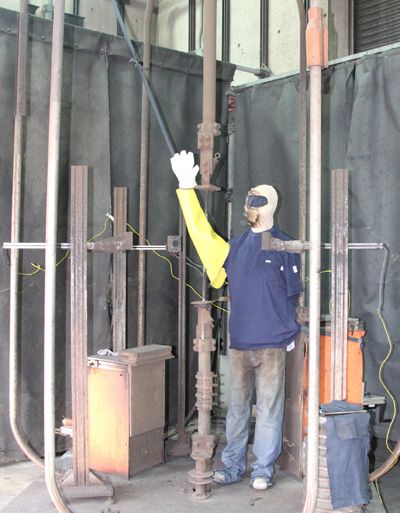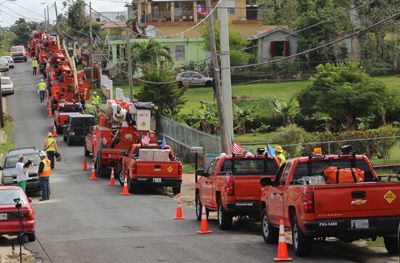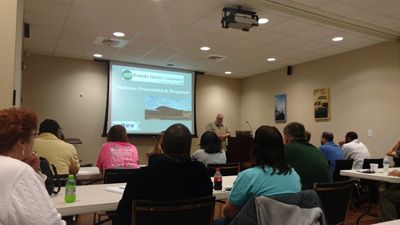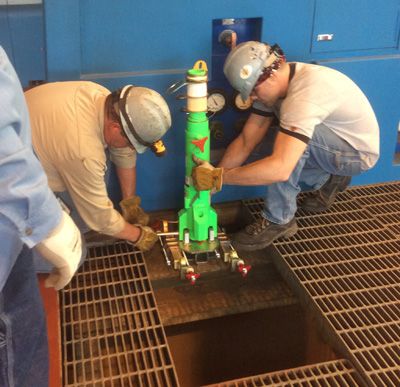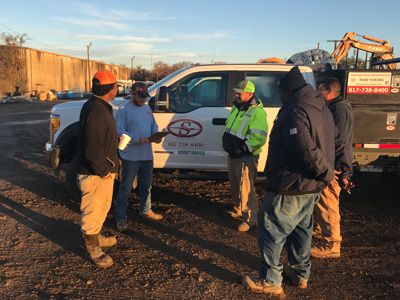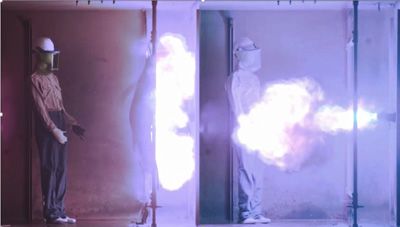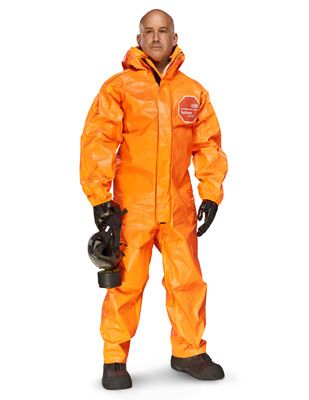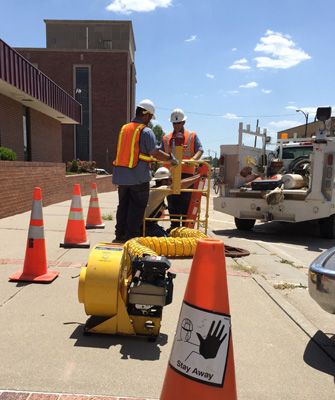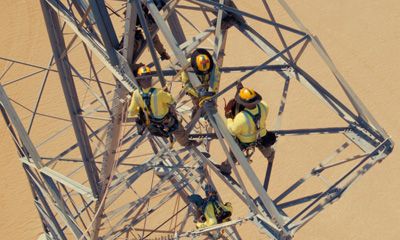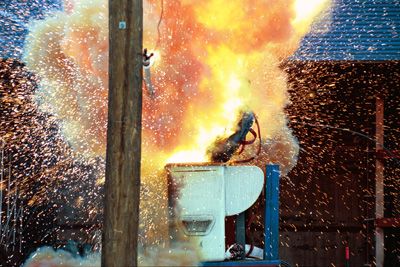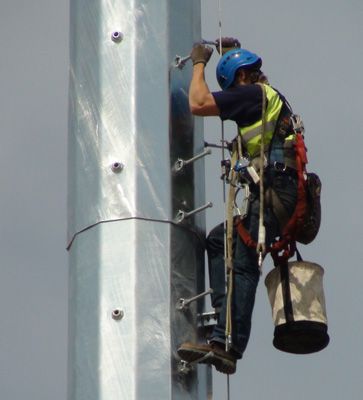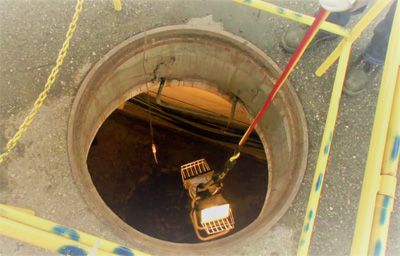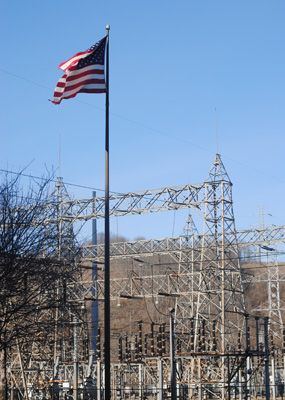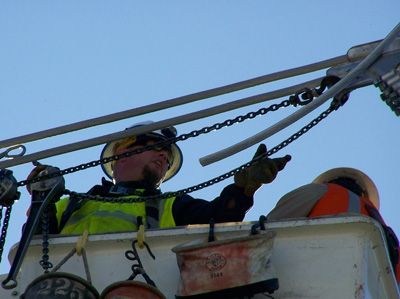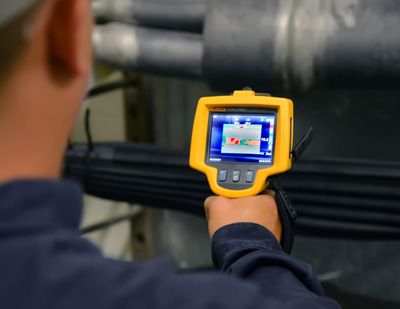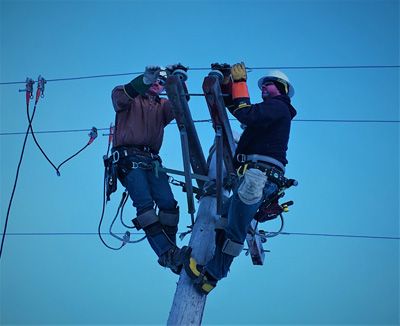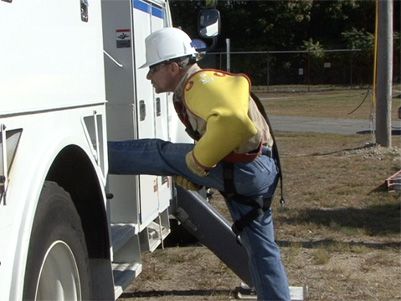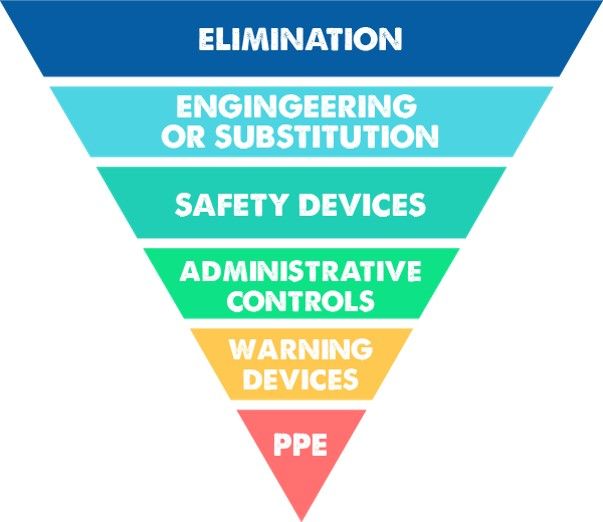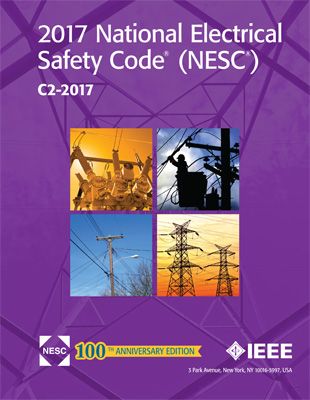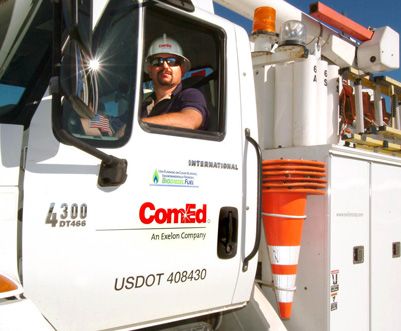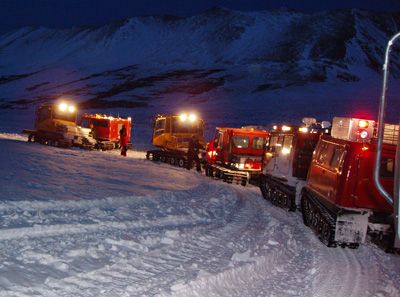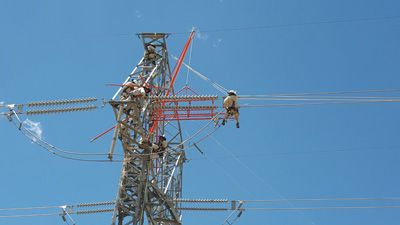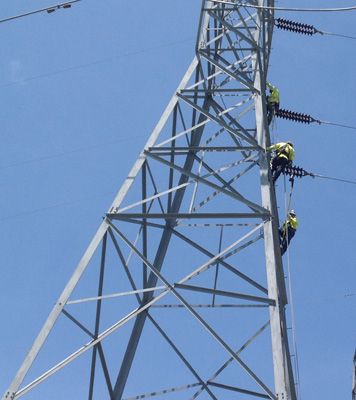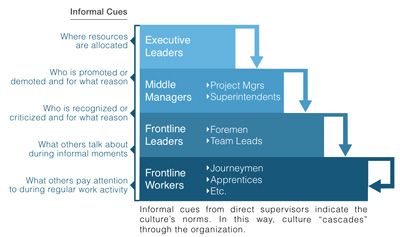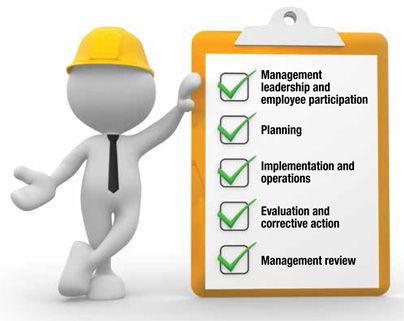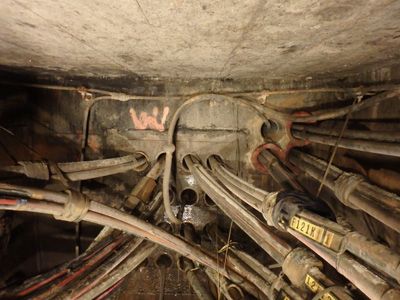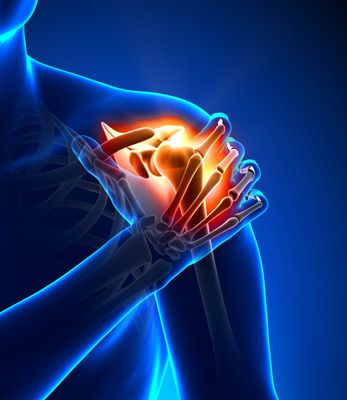Tag: Safety Management
7 Secrets of Root Cause Analysis
Written by Mark Paradies and Alex Paradies on . Posted in Safety Management.
Gauges: How Do You Measure Safety?
Written by Dwight Miller, CLCP, CUSP on . Posted in Safety Management, Leadership Development.
Industry Trends and Solutions to Improve Worker Readiness
Written by Kyle Schmoyer and Kris Corbett on . Posted in Safety Management.
Thermal Protection for Electrical Work
Written by Zarheer Jooma, M.S Brian Shiels, M.S. and Stacy Klausing, M.S. on . Posted in Safety Management.
The 8 Habits of a Highly Effective Safety Culture
Written by Rod Courtney, CUSP on . Posted in Safety Management.
Closing the Cracks with the FMCSA’s Drug and Alcohol Clearinghouse
Written by Joshua Reilly, SMS, CIT, CUSP on . Posted in Safety Management.
Beyond Behavior-Based Safety: Why Traditional Safety Practices are No Longer Enough
Written by Joseph White on . Posted in Safety Management, Leadership Development.
Mitigating Heat and Cold Stress with FR/AR Clothing
Written by Derek Sang, CSHEP, QSSP on . Posted in Safety Management.
Designing a Safe and Reliable Electrical Maintenance Program
Written by Martin Robinson, IEng., CMRP, CRL on . Posted in Safety Management.
Increasing Worker Confidence and Competence
Written by Bill Martin, CUSP, NRP, RN, DIMM on . Posted in Safety Management.
Using PPE to Bolster Safety Resilience
Written by Scott Francis on . Posted in Safety Management.
Safety Advancements in the Line-Clearance Industry
Written by John Sullivan , CUSP on . Posted in Safety Management.
ANSI A92.2: 2022 Changes and Training Requirements
Written by Phil Doud on . Posted in Safety Management, Equipment Operations.
Security in the Field: A Largely Unnoticed Need
Written by Jim Willis, CMAS, CHS-V on . Posted in Safety Management.
Electrical Arc Flash and Shock Hazards for Fall Protection Using ASTM F887
Written by Hugh Hoagland and Stacy Klausing, M.S. and Zarheer Jooma on . Posted in Safety Management.
Managing Risk Through Cognitive Impairment Testing
Written by Lee Marchessault and Peri Eryigit on . Posted in Safety Management.
Are Your Lessons Learned Making Your Workers Safer?
Written by Bill Martin, CUSP, NRP, RN, DIMM on . Posted in Safety Management.
Lagging Indicators, Leading Indicators … Let’s Start Over
Written by Pam Walaski, CSP on . Posted in Safety Management.
Overcome ‘Burnt Toast Syndrome’ to Improve Safety and Training Results
Written by Mack Turner, CUSP on . Posted in Safety Management.
The Biological Basis of Complacency
Written by Sharon Lipinski on . Posted in Safety Management.
My Shocking Awakening: Lessons Learned From a High-Voltage Contact
Written by Lito Wilkins, CUSP on . Posted in Safety Management.
Leading Change Through Faith, Hope and Tough Love: Part II
Written by Jesse Hardy, CSP, CIT, CUSP on . Posted in Safety Management.
Leading Change Through Faith, Hope and Tough Love: Part I
Written by Jesse Hardy, CSP, CIT, CUSP on . Posted in Safety Management.
Line and Substation Insulator Refresher
Written by R. Scott Young, CUSP on . Posted in Safety Management.
Safe Transportation of Leaking Transformers
Written by Patrick F. McAtarian on . Posted in Safety Management.
The Hierarchy of Incidents and Learning: Part II
Written by Jesse Hardy, CSP, CIT, CUSP on . Posted in Safety Management.
The Hierarchy of Incidents and Learning: Part I
Written by Jesse Hardy, CSP, CIT, CUSP on . Posted in Safety Management.
Arc Flash Considerations for Utility and Construction Activities: Part II
Written by Zarheer Jooma, P.E., and Hugh Hoagland on . Posted in Safety Management.
The Field Observation: A Proactive Safety Methodology
Written by Lee Marchessault, CUSP on . Posted in Safety Management.
Arc Flash Considerations for Utility and Construction Activities
Written by Zarheer Jooma, P.E., and Hugh Hoagland on . Posted in Safety Management.
Breaking Down Barriers: Using Data as a Tool in the Driver Safety Communication Process
Written by Art Liggio on . Posted in Safety Management.
Establishing and Evaluating a Value-Driven Safety Culture
Written by Matt Edmonds, CUSP, CHST, CET on . Posted in Safety Management.
Organizational Safety Roles and Responsibilities
Written by Michael Kleinpeter, M.Eng., CUSP, CHST on . Posted in Safety Management.
Understanding, Selecting and Caring for FR/AR Clothing
Written by Derek Sang, CSHEP, QSSP on . Posted in Safety Management.
Five Essentials of Successful Safety Programs
Written by Thomas Arnold, CSP, CUSP on . Posted in Safety Management.
Are Compliance Grungs Taking Over Your Organization?
Written by Pam Tompkins, CSP, CUSP on . Posted in Safety Management.
Specifying Arc-Rated and Flame-Resistant Gloves
Written by Hugh Hoagland and Stacy Klausing, M.S. on . Posted in Safety Management.
Recognizing Our Human Risk Factors
Written by Bill Martin, CUSP, NRP, RN, DIMM on . Posted in Safety Management.
Controlling Struck-By Hazards in Utility Work Zones
Written by Chip Darius, CUSP, OHST, CET, CSHO on . Posted in Safety Management.
Are Your Substations Safe?
Written by Lee Marchessault, CUSP on . Posted in Safety Management.
Why Employees are Silent When Near Misses Occur
Written by Chris Court, CSP on . Posted in Safety Management.
Rubber Insulating Sleeves and Arc Flash Protection
Written by Hugh Hoagland and Stacy Klausing, M.S. on . Posted in Safety Management.
Live Safely: The OG&E Way
Written by Trisha Bilyeu on . Posted in Safety Management.
Voice of Experience: The Value of Worker Training
Written by Danny Raines, CUSP on . Posted in Safety Management, Voice of Experience.
When Utilities Leave the Pavement: Off-Road Driving Safety Challenges
Written by Steve Andreas on . Posted in Safety Management, Equipment Operations.
Empowering Employees to Take Care of Themselves
Written by Peter P. Greaney, M.D. on . Posted in Safety Management.
Voice of Experience: Understanding Induced Voltage
Written by Danny Raines, CUSP on . Posted in Safety Management, Voice of Experience.
June-July 2018 Q&A
Written by Jim Vaughn, CUSP on . Posted in Safety Management, Worksite Safety, Q & A, Grounding.
Rethinking Utility Security
Written by Jim Willis, CMAS, CHS-V on . Posted in Safety Management.
Scenario-Based Fall Protection Solutions
Written by Rob D. Adams, CLCP, CUSP on . Posted in Safety Management.
Three Overlooked Processes for Increasing Safe Work Practice
Written by Bart Castle on . Posted in Safety Management.
How to Develop a Contractor Safety Management Standard
Written by Pam Tompkins, CSP, CUSP on . Posted in Safety Management.
Using Arc Protective Blankets as an Engineering Control Method
Written by Hugh Hoagland and Zarheer Jooma, BSEE, M.S. on . Posted in Safety Management.
Chris Grajek Honored at 2017 USOLN Safety Award Ceremony
Written by Kate Wade on . Posted in Safety Management.
What Changes When You Put a Face on Safety?
Written by Molly Hall on . Posted in Safety Management.
Secondary FR Garments: Practical Solutions for Protection
Written by Hugh Hoagland and Stacy Klausing, M.S. on . Posted in Safety Management.
Safety Concerns When Working In and Around Manholes and Vaults
Written by Michael Stremel, CUSP on . Posted in Safety Management, Tailgate Topics.
Train the Trainer 101: Practical Aviation for Power-Line Applications
Written by Jim Vaughn, CUSP on . Posted in Safety Management, Worksite Safety, Train the Trainer 101.
Voice of Experience: Distribution Cover-Up: Why Wouldn’t You Use It?
Written by Danny Raines, CUSP on . Posted in Safety Management, Voice of Experience.
Rope Access Work in Today’s Line Trade
Written by Brian Bourquin on . Posted in Safety Management, Equipment Operations.
August 2017 Q&A
Written by Jim Vaughn, CUSP on . Posted in Safety Management, Worksite Safety, Q & A, Grounding.
Making Sense of Protection Requirements for Open-Air Arc Flash Hazards
Written by Lee Marchessault, CUSP on . Posted in Safety Management, Worksite Safety.
Injury Risks Associated with Climbing in the Wind Energy Generation Industry
Written by Naira Campbell-Kyureghyan, Ph.D. on . Posted in Safety Management, Worksite Safety.
Train the Trainer 101: Training and Verification Requirements for the Safety of Electric Utility Workers
Written by Jim Vaughn, CUSP on . Posted in Safety Management, Worksite Safety, Train the Trainer 101.
Voice of Experience: Qualified and Task-Specific Electrical Worker Training
Written by Danny Raines, CUSP on . Posted in Safety Management, Worksite Safety.
June 2017 Q&A
Written by Jim Vaughn, CUSP on . Posted in Safety Management, Worksite Safety, Q & A, Equipment Operations, Grounding.
Confined Space Training: It Has to Be Done Right the First Time
Written by Tony Barton on . Posted in Safety Management, Worksite Safety.
Shining a Light on Ventilation Systems and Surveys in the Electric Power Industry
Written by Connie L. Muncy, CIH, CUSP, MS, REM on . Posted in Safety Management, Worksite Safety.
Marking a Safety Milestone at Silicon Valley Power
Written by Damon Beck on . Posted in Safety Management, Worksite Safety.
Using Thermography for Underground Worker Safety
Written by Peter Tyschenko and Michael Meathe on . Posted in Safety Management, Worksite Safety.
Train the Trainer 101: Addressing Common Fall Protection Questions and Concerns
Written by Jim Vaughn, CUSP on . Posted in Safety Management, Worksite Safety, Train the Trainer 101.
Voice of Experience: OSHA Record-Keeping Requirements
Written by Danny Raines, CUSP on . Posted in Safety Management, Voice of Experience.
April 2017 Q&A
Written by Jim Vaughn, CUSP on . Posted in Safety Management, Worksite Safety, Q & A.
Frontline Fundamentals: Risk Tolerance
Written by David McPeak, CUSP, CIT, CHST, CSP, CSSM on . Posted in Safety Management, Leadership Development, Worksite Safety, Frontline Fundamentals.
The Silent Secret About Successful Safety Communication
Written by Mark J. Steinhofer, CHST, CSP, CUSP on . Posted in Safety Management, Leadership Development.
Equipotential Grounding: Lessons Learned in the Field
Written by Dwight Miller, CLCP, CUSP on . Posted in Safety Management, Worksite Safety, Grounding.
Understanding and Preventing Lower Back Pain in the Electric Utility Industry
Written by Dr. Andrew Murro, DC, DABCO on . Posted in Safety Management, Worksite Safety.
Maximizing Your Arc-Rated Gear
Written by Hugh Hoagland and Stacy Klausing, M.S. on . Posted in Safety Management, Worksite Safety.
Train the Trainer 101: The New Walking-Working Surfaces Final Rule
Written by Jim Vaughn, CUSP on . Posted in Safety Management, Worksite Safety, Train the Trainer 101.
Voice of Experience: Inspection, Maintenance and Fall Protection Guidance for Bucket Truck Use
Written by Danny Raines, CUSP on . Posted in Safety Management, Worksite Safety, Voice of Experience, Equipment Operations.
February 2017 Q&A
Written by Jim Vaughn, CUSP on . Posted in Safety Management, Leadership Development, Worksite Safety, Q & A, Equipment Operations.
Frontline Fundamentals: Controlling Hazards
Written by David McPeak, CUSP, CIT, CHST, CSP, CSSM on . Posted in Safety Management, Leadership Development, Frontline Fundamentals.
New Updates to the National Electrical Safety Code
Written by Sam Stonerock on . Posted in Safety Management, Worksite Safety.
Creating a Safe Driving Culture
Written by Eduardo Suarez on . Posted in Safety Management, Equipment Operations.
Emergency Preparedness for Remote Winter Work Locations
Written by Todd Horning on . Posted in Safety Management, Worksite Safety.
Rope Access for Live-Line Work
Written by Thomas Penner on . Posted in Safety Management, Worksite Safety, Equipment Operations.
Train the Trainer 101: Understanding Canine Behavior for the Protection of Utility Workers: Part Two
Written by Jim Vaughn, CUSP on . Posted in Safety Management, Worksite Safety, Train the Trainer 101.
Voice of Experience: Switching and Working on UD Systems
Written by Danny Raines, CUSP on . Posted in Safety Management, Worksite Safety, Voice of Experience, Equipment Operations.
December 2016 Q&A
Written by Jim Vaughn, CUSP on . Posted in Safety Management, Worksite Safety, Q & A, Equipment Operations, Grounding.
Safety Best Practices for Outage Season
Written by Jordan Hollingsworth, CHST, CSP, CUSP on . Posted in Safety Management, Worksite Safety, Grounding.
Assimilating Short-Service Employees Into Your Safety Culture
Written by Phillip Ragain on . Posted in Safety Management, Leadership Development, Worksite Safety.
Does Your Company Have an Effective Safety Management System?
Written by Pam Tompkins, CSP, CUSP on . Posted in Safety Management, Leadership Development.
Underground Electrical Vaults: Safety Concerns and Controls
Written by Chris Grajek, CRSP, CUSP on . Posted in Safety Management, Worksite Safety.
Train the Trainer 101: Understanding Canine Behavior for the Protection of Utility Workers
Written by Jim Vaughn, CUSP on . Posted in Safety Management, Worksite Safety, Train the Trainer 101.
Voice of Experience: OSHA’s MAD Changes and a Missed Opportunity
Written by Danny Raines, CUSP on . Posted in Safety Management, Worksite Safety, Voice of Experience.
October 2016 Q&A
Written by Jim Vaughn, CUSP on . Posted in Safety Management, Worksite Safety, Q & A, Equipment Operations.
Optimizing Your Safety Observation Program
Written by Thomas Arnold, CSP, CUSP on . Posted in Safety Management, Leadership Development.
The Causes and Prevention of Shoulder Injuries in the Electric Distribution Field
Written by Dr. Andrew Murro, DC, DABCO on . Posted in Safety Management, Worksite Safety.
The Road to an Innovative, Award-Winning Safety Program
Written by Brad Stout and Jesse Gibbon on . Posted in Safety Management, Leadership Development, Worksite Safety.






